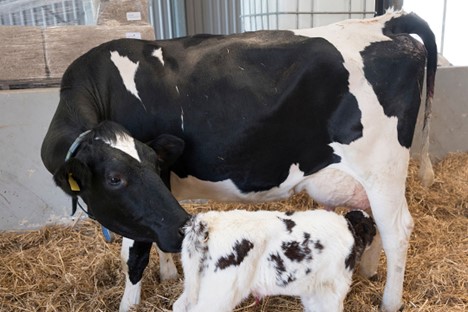Expanding the application possibilities of pH measurement moles
The PreLive uses pH measuring marbles from Moonsyst International. Their use is to record the pH and temperature of the large belly of cows in order to identify, and thus control, subacute rumen acidosis (SARA). However, recent research by Heirbaut and colleagues [1] has identified additional areas of application for the marbles. Specifically, this research suggests the importance of measuring pH in cows during the transition period, i.e., the 3 weeks before and 3 weeks after calving, because it correlates with metabolic health, feed intake, rumination, and nonesterified fatty acids (NEFA) concentration in blood. Research by Heirbaut and colleagues [1] identified that the variation in pH value, and deviations of the value from a harmonic static model during the transition period are more important indicators of metabolic health in animals, compared to the time when pH was less than 6.
These findings indicate the value of a system such as the PreLive platform, which makes use of large ventricle pH measurement marbles and provides graphs of pH variation. Thus, the use of the PreLive platform could be extended in the future to monitoring metabolic health of cows during the transition period.
Bibliography:
[1] https://pubmed.ncbi.nlm.nih.gov/35773031/
Heirbaut, S., Børge Jensen, D., Jing, X. P., Stefańska, B., Lutakome, P., Vandaele, L., & Fievez, V. (2022). Different reticuloruminal pH metrics of high-yielding dairy cattle during the transition period in relation to metabolic health, activity, and feed intake. Journal of dairy science, 105(8), 6880–6894. https://doi.org/10.3168/jds.2021-21751


